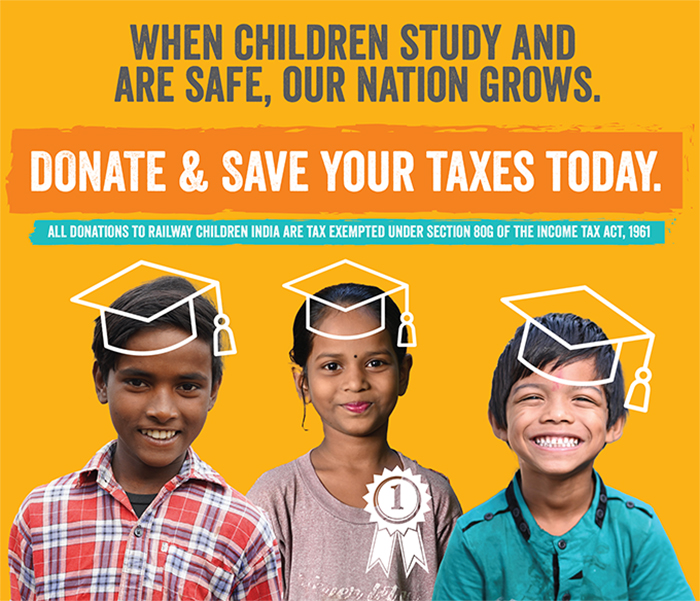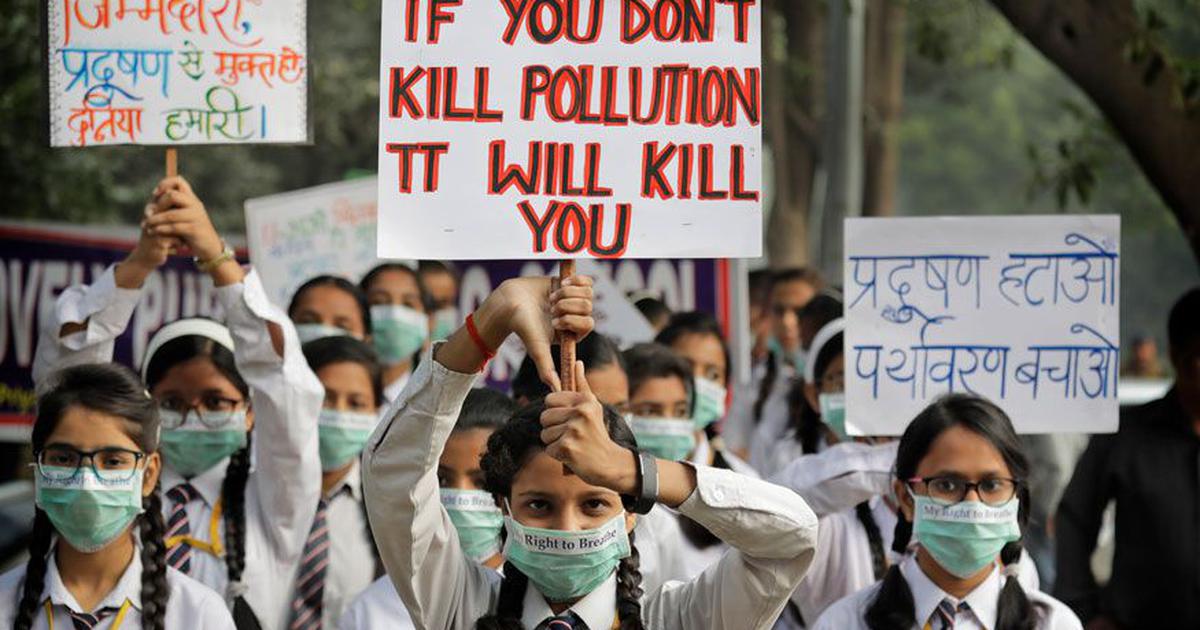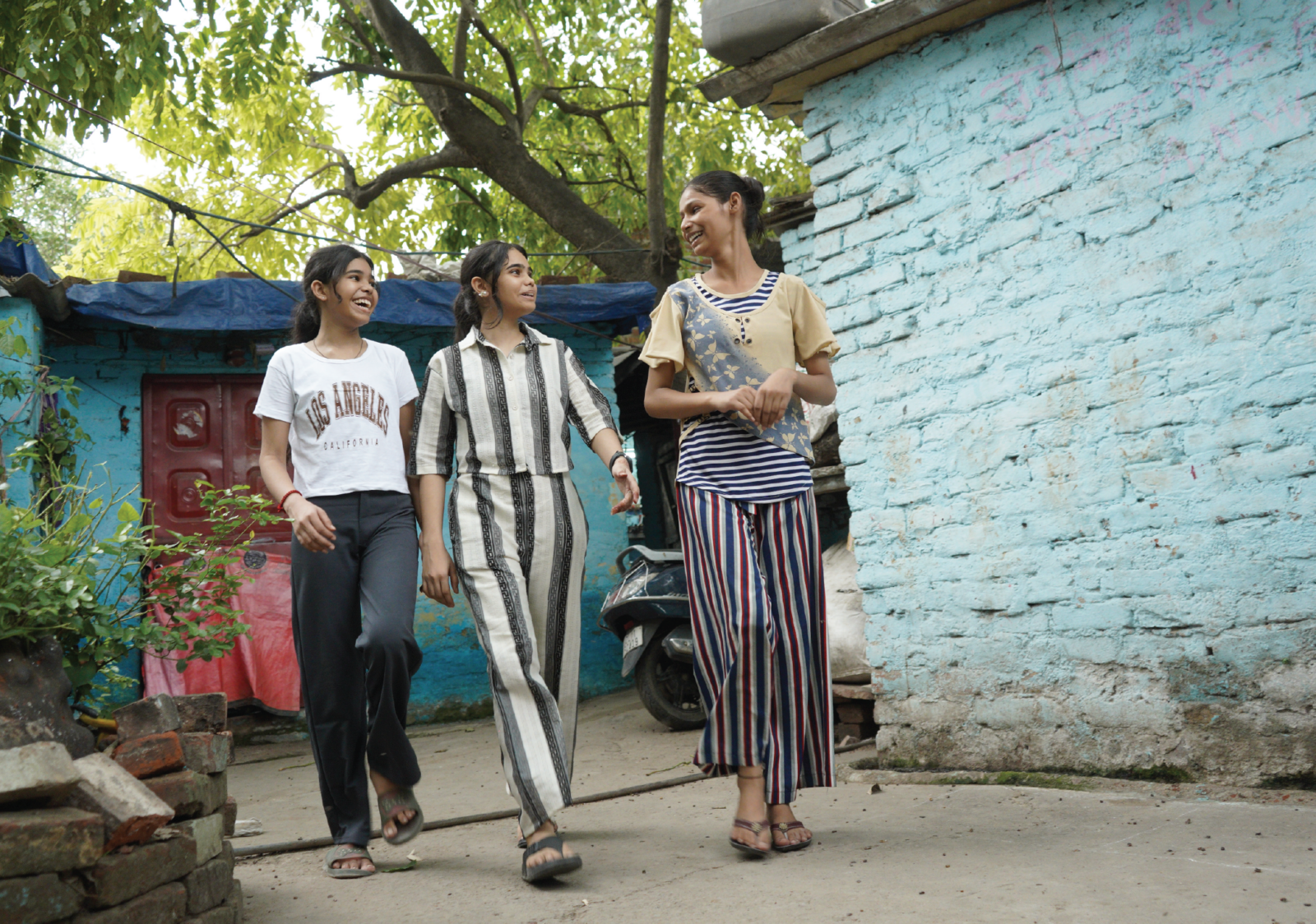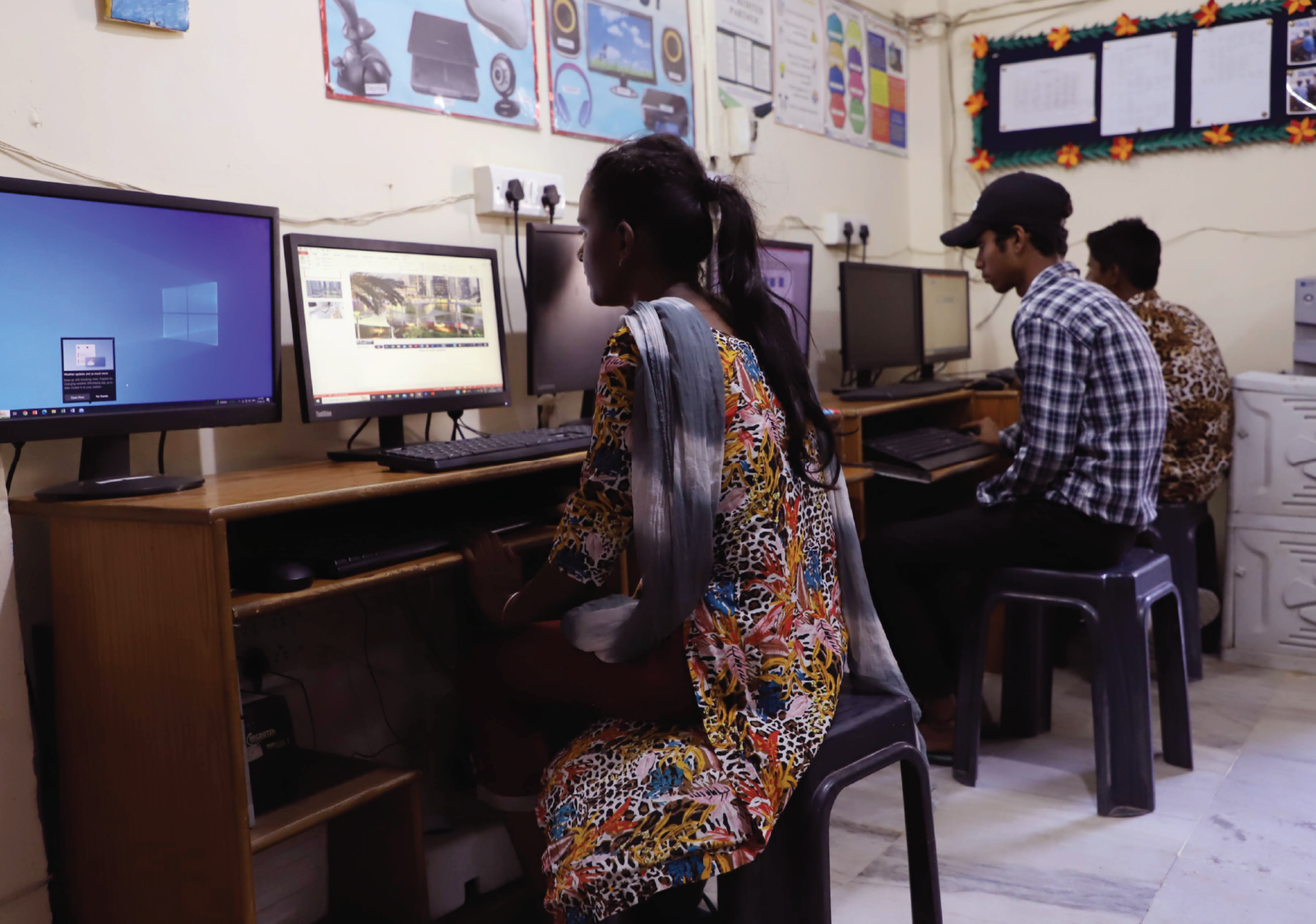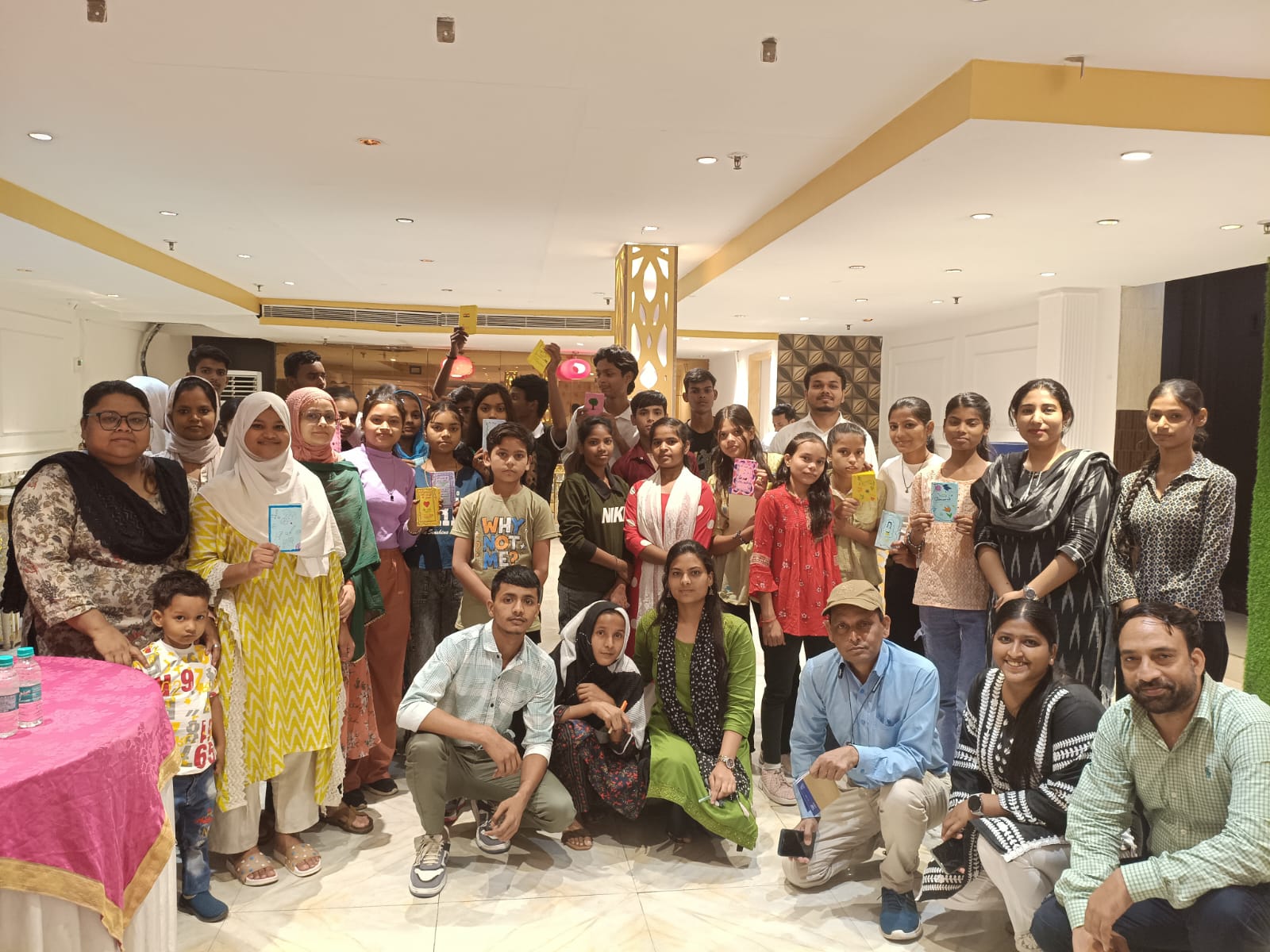Photo – PTI
“What is the most important thing to a parent? To keep your child safe and healthy and to give them a good future. How does that happen in the midst of a climate and pollution crisis?” said Bhavreen Kandhari, the co-founder of Warrior Moms in India, a network of mothers pushing for clean air and climate action.
Climate change, two words routinely appear on your social media timeline, especially when your city gets flooded, the summers become unbearable and the winters force you stay indoors. Yet again, the subject has found a spotlight in India with the alarming Air Quality Index of our cities giving us frown lines. At the same time, vital conversations held at COP27, make us hopeful of a sustainable future.
Unsurprisingly, during these desperate times, the loudest and strongest voices advocating for measures to control climate change come from children and youth. However, mass awareness about the immediate impact of climate change on childhoods across India remains an under explored subject.
Here are 5 ways in which climate change has been impacting childhoods in India:
1. Girls are forced to drop out of school
India is primarily an agricultural country. The adverse effects of climate change leave a damaging impact on the crop cycle and thereby on the economy. With seasonal produce affected, the men of the family migrate to cities, leaving the responsibility of the household on the women and girls. Whether it is walking miles to collect water or cooking meals to feed the family, the girl child bears the brunt of this forced migration. Numerous studies, such as the one conducted by Dr Catherine Porter of Young Lives, brings to our attention the glaring intersection between the climate crisis and the crisis of interrupted and inequality-ridden education of young girls.
2. Children face hunger and malnutrition
Drawing from the aforementioned factor, food scarcity comes as natural side effect. Numerous reports and extensive news coverage have pointed out at a dip in food production and rise in hunger due to climate change. Furthering the impact of this hunger, children face long-term issues such as stunted growth, lowered immunity and limited cerebral development due to malnutrition, all of which finds its root in climate change.
3. Toxic air threatens overall development of children
The dense, toxic air enveloping Delhi, Mumbai and other cities in India has featured on many newspapers and channels, but its harmful effect on the health of children merits focused attention and an urgent plan of action. The severe air quality exposes children to risk of lung damage, which may lead to asthma, sinusitis, bronchitis and pneumonia among others. Such has been the level of toxic compounds in the air that schools have had to shut their door indefinitely. This life-threatening effect of degrading air quality although most prominent in northern states grips the rest of India too.
4. Flash floods and erosion cause life-altering displacement
Flash floods and the subsequent havoc they cause in villages across India find a feature in global media. The mass displacement of residents from these regions, caused as a result of this natural disaster, hurts the lives of children to a great extent. Schools get washed, drinking water is depleted, sanitation is erased, the risk of contracting diseases such as water-borne and vector-borne diseases spikes and a slew of other issues crop up.
Come monsoon, newspapers come flooded with news of such floods in Bangladesh and the Indian state of Assam. Families living sand bars emerging in the midst of Brahmaputra River, face the harshest circumstances with their homes getting destroyed permanently. The future of the children in this area stumbles across unimaginable hardships before it sees the light of the day.
5. The cycle of poverty traps children in a loop of inequalities
Climate change begins with us. Our actions have a domino effect on varied facets of our life and environment. The inextricable link between climate change and poverty is one such factor that cannot be overlooked. With depleting resources of water, lowered production of food and forced migrations comes abject poverty, which fuels a slew of injustices against children. With natural calamities routinely knocking our doors, it is the underprivileged that face the wrath of nature, pushing them in deeper poverty. The absence of focused policies that tackle the dynamic geography of our country and the challenges that it poses on the wellbeing of children and their families is a major gap that requires urgent attention.
Leaders at the recently held United Nations Framework Convention on Climate Change (COP27) committed to setting up a fund for loss and damage incurred by children, who have been rightfully recognized as agents of change. However, the time to take measures towards controlling climate change was yesterday, because in the words of an impassioned 12-year-old boy form Tamil Nadu, “Climate change isn’t something people get to choose to believe or not: it’s happening.”


